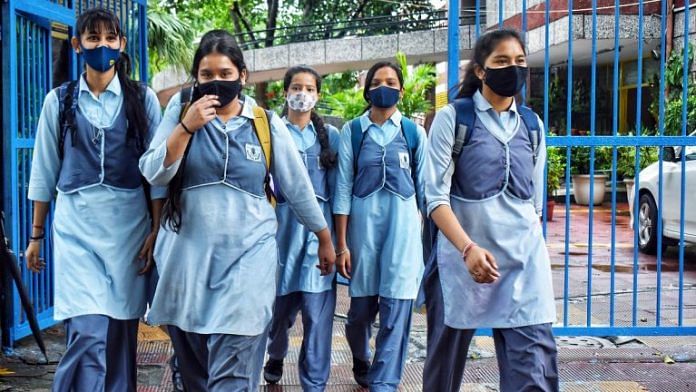Gender neutral uniforms are what we craved as students long ago. We were envious of schools with gender-neutral clothing policies and most of us girls always wanted pants rather than the big uncomfortable skirts we were forced to wear.
The recent news about a government school from Valayanchirangara in Ernakulam district, Kerala introducing gender-inclusive uniforms in primary school has been applauded widely on social media, but it is not the first school in India to do so.
Schools like Kolkata’s Garden High International have a gender-neutral policy for most of their students. The approach to uniforms is also seen in several schools that offer shirts and track pants to their students during sports events and physical education classes.
Moreover, changing uniforms for primary school students is not enough. Body policing is more common in the higher classes where schools tend to sexualise bodies and slut-shame girls based on their skirt length.
While wearing pants might be easier for schoolgirls, it does not uplift them in any social way. It doesn’t reduce female infanticide rates, nor violence women. Pants do not increase the chances of a girl receiving higher education nor does it decrease the chances of one becoming a child bride.
Also read: This mother wants NCERT to bring back transgender manual, gets 5,600 supporters on online plea
How educational institutions can be more gender-inclusive
The first step towards a more gender inclusive space would be changing the binaries of the academic curriculum to a more gender-inclusive one. Including all sorts of pronouns (neopronouns included) and using more neutral pronouns like they/them in classrooms. This would ensure a safe space.
Along with educational changes, changes in mindset and behaviour are equally important. Commitment to gender inclusivity by teachers and professors helps create an equal learning space along with approaches like gender-neutral washrooms and educational programmes on topics like menstruation, sex, gender, gender-based violence, and discrimination. Increasing the accessibility and availability of sanitary napkins and other menstrual health products in government schools along with scholarships based on need would also help the process of uplifting girls.
Setting a women’s and queer collective in educational institutions can also be a good step towards inclusion. No student should feel left out.
Olipriya Roy is a student at Ramjas College, Delhi University. Views are personal.




